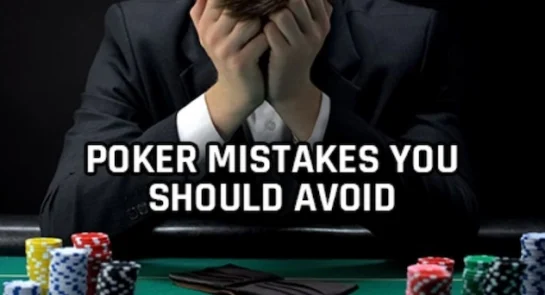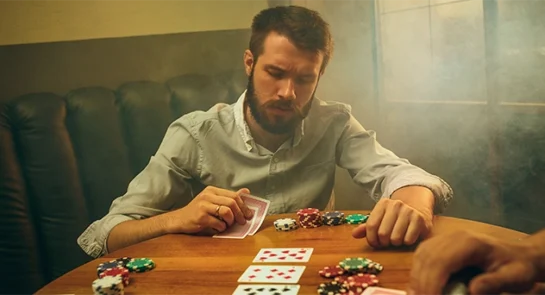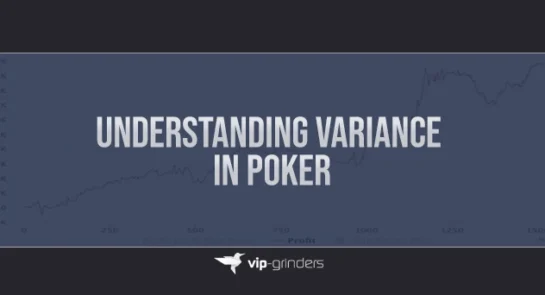Poker Tournament Strategy: Expert Guide to Crushing MTTs in 2025
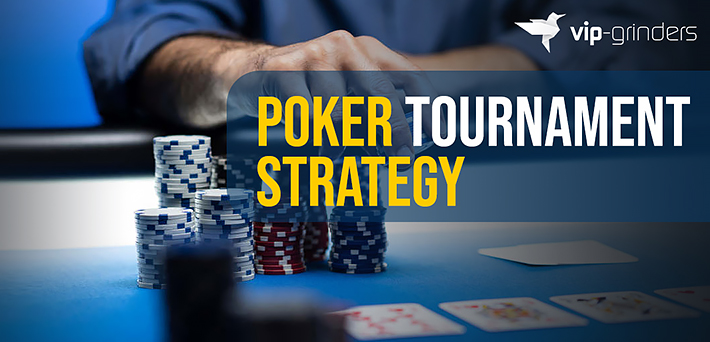
Poker Tournament Strategy Fundamentals
Tournament poker differs from cash games because chips have nonlinear value — once they’re gone, you’re out. Every decision must balance survival with chip accumulation. Learning to shift gears defines elite tournament players.
Always remember:
- 1Survival matters more than chip EV in early stages.
- 2Stack depth dictates strategy far more than absolute chip count.
- 3Adjust continuously to structure, blinds, and payout pressures.
I am text block. Click edit button to change this text. Lorem ipsum dolor sit amet, consectetur adipiscing elit. Ut elit tellus, luctus nec ullamcorper mattis, pulvinar dapibus leo.
Overview of the Best Tournament Poker Sites in 2025
Online Poker Tournament Strategy: Key Differences from Live Play
Online poker tournaments require a distinct approach compared to live events due to unique factors inherent to the digital environment. Mastering these differences is critical to gaining an edge in the virtual felt.
Faster Pace and Higher Volume
Online tournaments run at a considerably faster pace. You can also play multiple tournaments simultaneously (multi-tabling), increasing volume but demanding sharp focus and streamlined decision-making processes.
Tighter Range and More Aggression
Online players generally adopt tighter pre-flop ranges but play more aggressively post-flop. The absence of physical tells shifts the advantage to betting patterns, timing tells, and statistical reads from HUDs (Heads-Up Displays).
Use positional aggression liberally — opening and 3-betting ranges tend to be wider online to exploit passive or predictable opponents.
Reliance on Poker Software and Data
Online players have access to powerful tracking software and equity calculators, enabling real-time analysis to optimize ranges and exploit tendencies. Leveraging HUD data to identify player types, tendencies, and leak exploits offers a huge competitive advantage not available in live.
Differences in Online Player Behavior and Dynamics
Online pools feature a wide skill spectrum with many recreational players making predictable mistakes such as over-folding or calling too broadly. This creates opportunities for exploitative play, but also means faster adaptation as strong opponents adjust quickly. Bluffing frequency is higher since online players tend to be more risk-tolerant.
Structural Contrasts
Online tournament structures vary enormously, from ultra-turbo to deep-stacked formats, demanding versatility. Many online tournaments feature faster blind level progressions and shorter levels compared to live, requiring adjusting your stack size and risk management metrics accordingly.
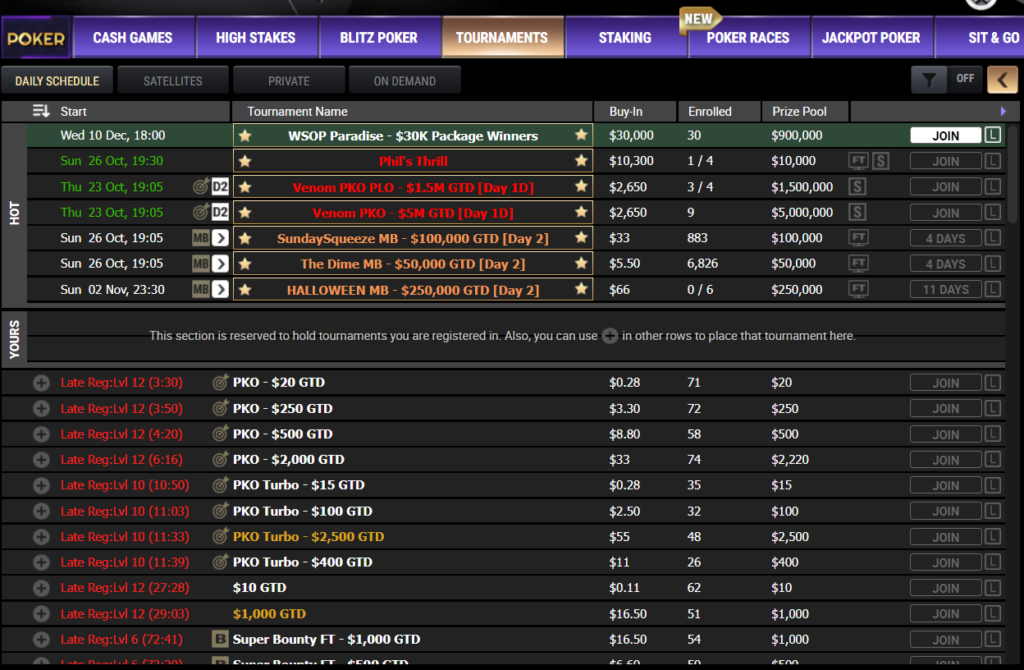
Satellites, Bounties & Turbos
Understanding how to adjust your game for special tournament formats gives you a huge leg up on opponents who play all tournaments as though they are the same. Let’s unpack the key nuances for each format.
Satellite Strategy: Playing for Seat Equity, Not Chips
- Satellites are unique: the prizes are tournament seats rather than chips or cash. This flips traditional chip accumulation strategy on its head.
- Equal value of finishing spots: Every seat has equal value, so building the biggest stack is not the goal — survival is.
- Extreme ICM pressure on the bubble: Compared to any other tournament format, satellites have the most severe ICM considerations because busting before a seat means zero value, no matter your chips.
- Locking up seats: Once you’re certain you’re in the money (e.g., chip stacks and numbers remaining guarantee a seat), folding all hands—even premium ones—can be optimal to secure your ticket with minimal risk.
- Milestone satellites: Some satellites award seats instantly upon reaching a chip threshold, leading to a hybrid approach prioritizing aggressive chip accumulation early, then more conservative play near the milestone.
- Bottom line: Play survival first and only accumulate chips to create safety margins or move toward milestones; forget traditional chip EV calculations.
Bounty Tournaments: Leveraging Bounty Equity for Wider Calling Ranges
Bounty events reward you for knocking out opponents, adding a new layer of value to hands beyond chip stacks.
- Bounty equity adds EV: When you cover an opponent with a bounty, calling marginal hands becomes profitable because of the added payout from eliminating them.
- Adjust calling and 3-betting ranges: Widen your calling ranges versus opponents you cover, especially in spots where you may otherwise fold.
- Stack size matters: Larger stacks can apply more pressure to medium stacks holding bounties, while short stacks focus on shoving with the strongest ranges trying to claim bounties early.
- Dynamic table image and timing: Pay attention to how often others chase bounties—exploit overly aggressive bounty hunters by tightening, or leverage passive bounty collectors with traps.
Deep Stack Events: Patience and Pot Control Rules Early
Deep structures (100+ big blinds) reward skillful, patient play and image cultivation.
- Prioritize small pots early: Avoid unnecessary big swings before your reads sharpen and adjust aggression according to table flow.
- Avoid stacking off light: Don’t get involved in giant all-in confrontations lightly; patience lets you leverage your deep stack leverage over time.
- Use your stack depth: Deep stacks
Dan Harrington’s Zone System: Still relevant in 2025
Dan Harrington’s Zone System is a powerful framework for tournament poker strategy that classifies your effective stack size relative to the blinds and antes into five distinct zones. Each zone dictates specific strategic adjustments, helping you navigate changing tournament dynamics with precision. Harrington’s system hinges on the concept of “M”, your chip stack divided by the total cost per round (big blinds plus antes).
The Five Zones and What They Mean for Your Play:
Green Zone (M ≥ 20)
Full Arsenal: You have a healthy stack and can afford to play a wide range of hands with flexibility. You can balance aggressive plays to build your stack with conservative moves to protect it. This zone allows both small-ball and large-ball styles, maximizing your leverage across all streets.
Yellow Zone (M 10–20): Time to Loosen Up
The blinds and antes start to bite into your stack, reducing implied odds on speculative hands like small pairs and suited connectors. You must widen your opening ranges and take more risks as passive or tight play no longer preserves your tournament life efficiently.
Orange Zone (M 6–10): Restrict and Prepare to Commit
Advanced post-flop plays become difficult due to limited stack depth. Your initiative is crucial — you should mostly enter pots when you’re first to act, focusing on all-in moves when optimal. Marginal hands lose value, and cautious chip preservation turns into aggression to avoid being blinded out.
Red Zone (M 1–5): Push or Fold
You have no room for fancy play and must either go all-in or fold. The priority is survival through calculated aggression, usually by shoving with your stronger range and folding marginal or speculative holdings.
Dead Zone (M < 1): On the Brink
Your stack is critically low relative to the blinds. Optimal play often means shoving early in the pot to maximize fold equity, but without premium hands, you risk being over-called by bigger stacks.
Strategic Implications of the Zone System
Harrison’s Zones clarify when certain hands gain or lose value based on implied odds and stack depth, explaining why hands like suited connectors or small pairs lose worth in the Yellow Zone but may regain value for all-in pushes in the Orange Zone.
The system encourages an aggressive re-steal mindset in the Orange Zone, especially from late position, leveraging fold equity against late-position raises with hand ranges wider than traditional cash game play.
Far from static, the Zone System is dynamic — your zone changes every few orbits, requiring continuous strategic recalibration.
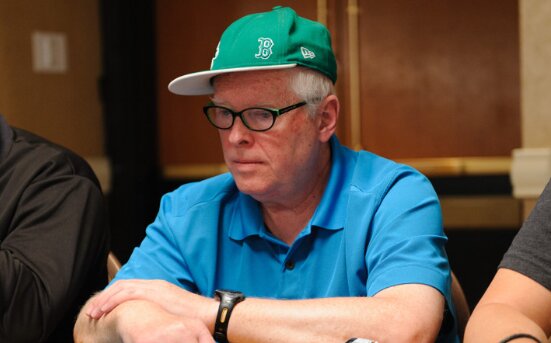
Poker Tournament Strategy Fundamentals: Recap & Top 10 Takeaways
Tournament poker demands a distinct approach from cash games due to the nonlinear chip value — your tournament life depends on survival as much as chip accumulation. The best players skillfully balance these competing priorities by adapting continuously to stack sizes, blind structures, and payout pressures.
Top 10 Takeaways for Tournament Success:
- Prioritize Survival Early On: Protect your tournament life in the early stages by playing solid, risk-aware poker, since busting early is catastrophic regardless of chip gains.
- Stack Size Rules Strategy: Adjust your play primarily based on your stack in big blinds, not just raw chip count — big, medium, and short stacks require fundamentally different tactics.
- Master ICM Concepts: Understand how the Independent Chip Model makes chips worth less each as stacks grow; losing chips near pay jumps costs far more than gaining equivalent chips.
- Adapt to Structure: Always check blind and ante progression before registering. Slow structures (with 30+ BBs per level) provide a huge edge for skilled, patient play.
- Pre-flop Strategy Shifts: With 100+ BB, open wide and leverage position; with medium stacks, pressure opponents with 3-bets; short stacks require push/fold discipline.
- Post-flop Discipline: Control pot size, avoid multi-street hero bluffs, and extract value carefully — tournament stack depths often favor single-barrel strategies.
- Stack-Size Awareness: Big stacks apply pressure and dominate; short stacks shove or fold; medium stacks must navigate the toughest spots carefully between aggression and survival.
- Stage-Specific Play: Early deep stacks favor speculative plays and reads; middle stages require tightening and positional awareness; bubble play demands exploiting tightening opponents with wider ranges.
- Special Format Adjustments: Satellites prioritize survival and seat equity, bounty tournaments widen calling ranges for bounty value, and turbos emphasize push-fold precision.
- Discipline is Key: Avoid overplaying marginal hands, control risk, and respect pay jump dynamics — losses can cripple your tournament life far more than equivalent chip gains help.
Poker Tournament Strategy: Final Thoughts
Tournament poker is a dynamic game of adapting your mindset and decisions to evolving stack sizes, blind structures, tournament phases, and unique formats. Your edge comes from mastering ICM pressure points, choosing optimal aggression levels, and balancing chip preservation with chip accumulation across each stage.
Poker Tournament Strategy FAQs
What is the most important skill in tournament poker?
Adaptability — adjusting to structure, stack depth, and table dynamics consistently separates winning MTT players.
How should I change my opening range with 20 BBs?
Play tighter and avoid speculative hands; use push-fold charts to optimize your shove/fold ranges.
What’s the difference between cash game and tournament strategy?
In tournaments, chip value diminishes with ICM — you can’t rebuy your stack, so risk control outweighs pure EV.
How do I play near the bubble?
Exploit players tightening up; open wider and 3-bet lighter if you cover opponents, but avoid busting before the money.
Should I slow play strong hands in tournaments?
Only with deep stacks or against hyper-aggressive opponents. In most cases, extract value before variance catches up.
What is ICM in poker and why does it matter?
ICM (Independent Chip Model) measures chip equity in real money terms; it prevents over-aggression when pay jumps loom.
How do I approach bounty tournaments?
Call wider against short stacks and prioritize knockouts when your chip stack can cover them — bounty equity adds to EV.

























